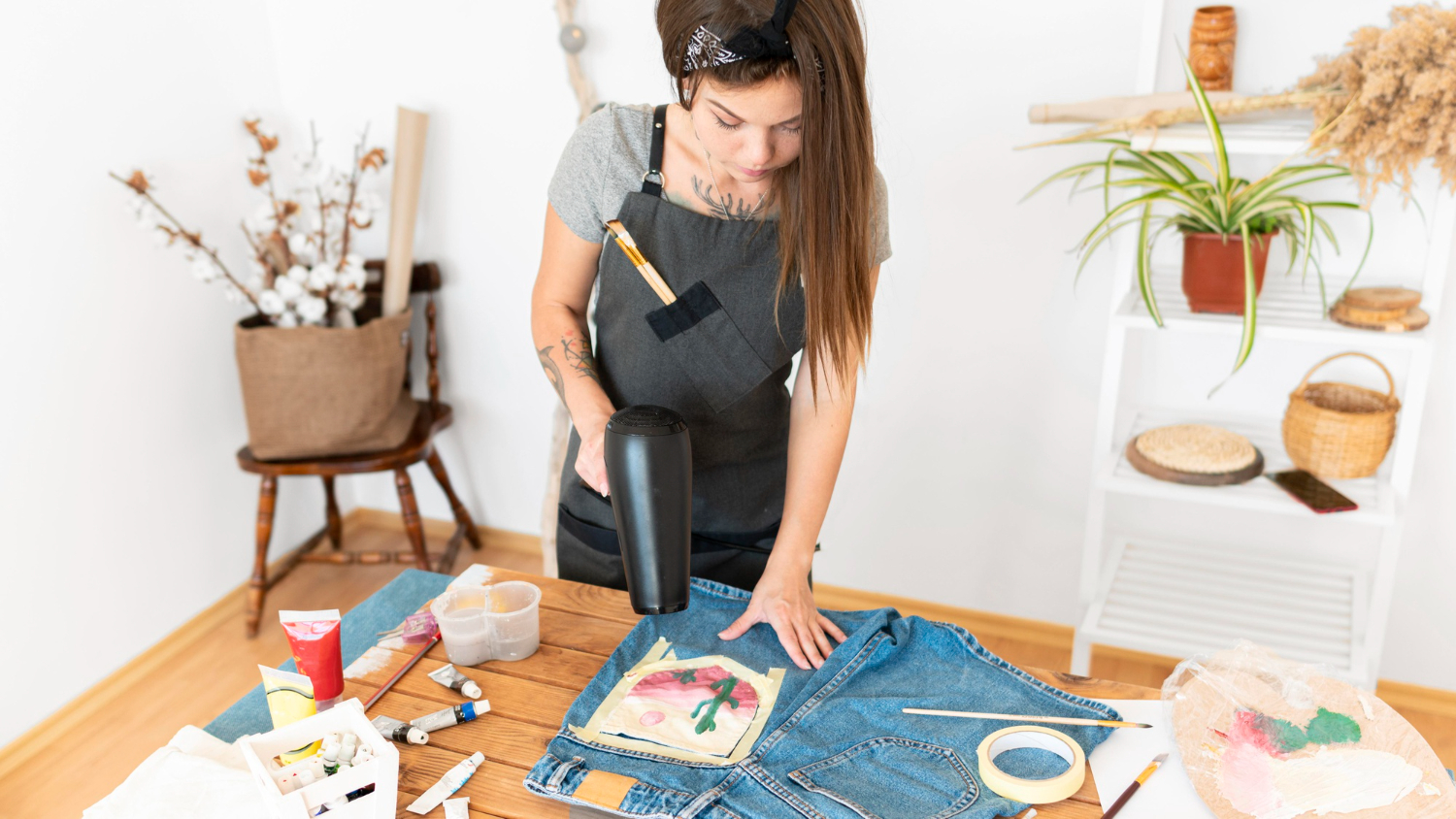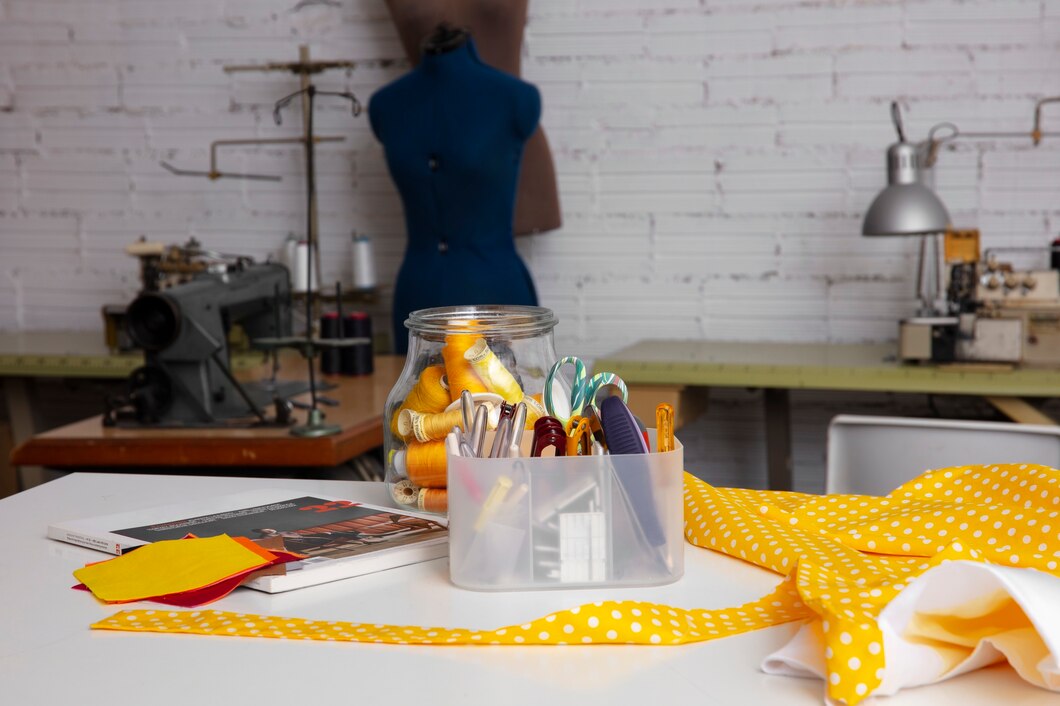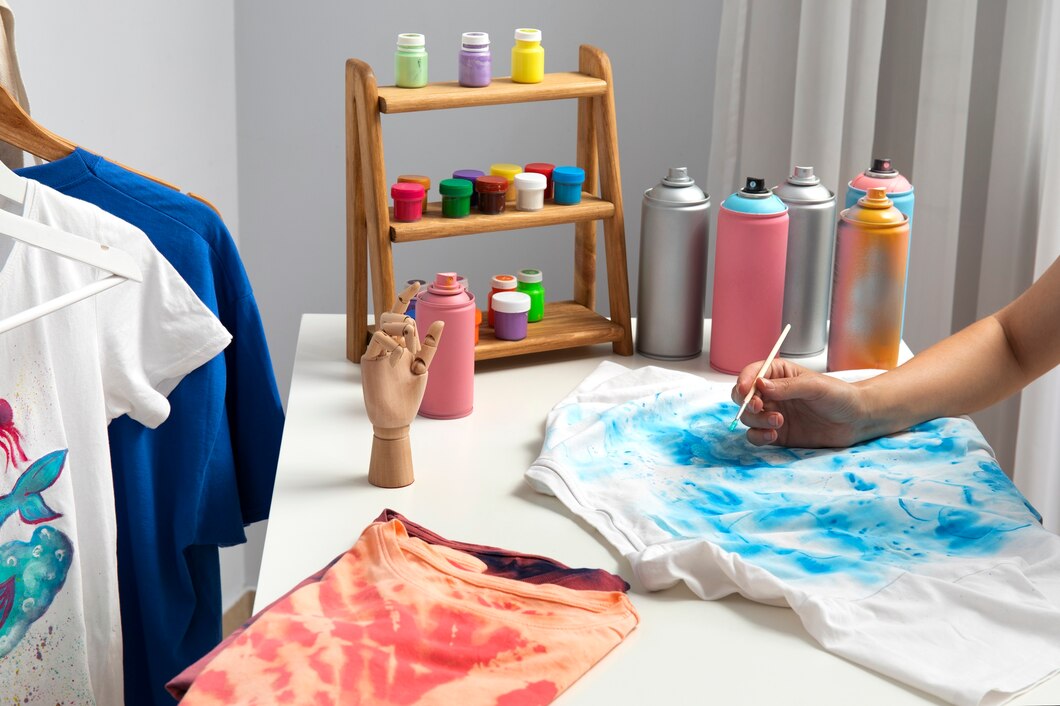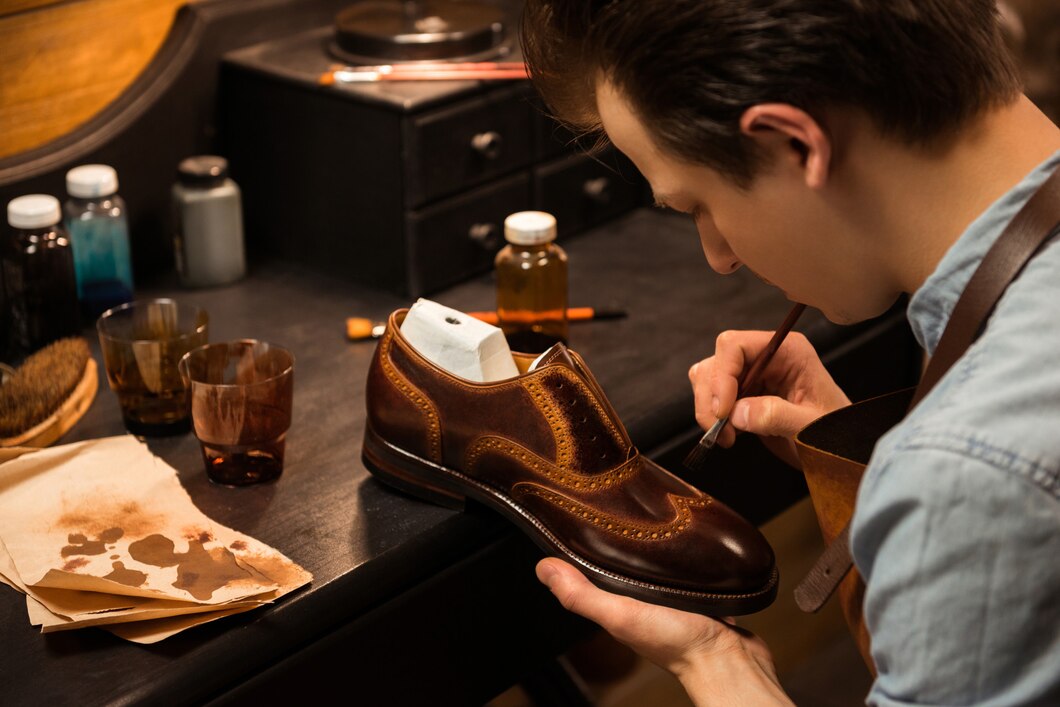DIY Streetwear: How to Customise Your Own Clothing
Unleashing Creativity: The Rise of DIY Streetwear Fashion is one of the most powerful forms of self-expression, and nothing showcases individuality quite like DIY fashion. In recent years, the streetwear scene has embraced customisation, with artists, influencers, and designers transforming everyday clothing into unique, statement pieces. Whether you want to customise streetwear for personal style,

Unleashing Creativity: The Rise of DIY Streetwear
Fashion is one of the most powerful forms of self-expression, and nothing showcases individuality quite like DIY fashion. In recent years, the streetwear scene has embraced customisation, with artists, influencers, and designers transforming everyday clothing into unique, statement pieces. Whether you want to customise streetwear for personal style, sustainability, or even to start your own brand, learning how to upcycle clothes is an exciting and rewarding skill.
In this guide, we’ll explore different techniques and creative ideas to help you personalise your clothing, from simple alterations to bold artistic transformations. Get ready to dive into the world of DIY fashion and turn your wardrobe into a reflection of your creativity!
Why DIY Streetwear?
Express Your Unique Style
As mass-manufactured designs become the norm with mainstream fashion brands, personalisation will be the key to helping your products stand out. With DIY fashion, you can make entirely unique pieces that no one else owns, and you have complete control over colours, patterns, and aesthetics.
Sustainable and Budget-Friendly
Fast fashion leads to mountains of textile waste, but learning how to upcycle clothes will cut down on environmental impact — and save you money. Don’t throw away your old clothes; instead, make new and trendy pieces out of them.
A Step Towards Starting Your Own Brand
A lot of the well-known streetwear brands started from simple consumer customisation projects. If you’re passionate about design and want to break into the fashion industry, customising streetwear is a great way to start experimenting with styles and gaining a following.
Essential Tools and Materials

Before diving into DIY fashion, gather the right tools to make the process smooth and enjoyable.
Basic Tools
- Fabric scissors
- Sewing kit or sewing machine
- Fabric glue or textile adhesive
- Measuring tape and chalk
- Needles and thread in various colours
Customisation Materials
- Fabric paints and markers
- Patches and iron-on appliqués
- Studs, spikes, and chains
- Bleach and dye for colour alterations
- Stencils and screen-printing kits
Having these supplies on hand will allow you to explore endless possibilities when you customise streetwear to suit your style.
Techniques to Customise Streetwear

1. Hand-painting and Fabric Art
One of the easiest and most creative ways to transform clothing is by painting directly onto the fabric. Use acrylic fabric paints or textile markers to create patterns, graffiti art, or even personalised designs. Stencils can help with precision, while freehand painting adds an artistic touch.
2. Bleaching and Dyeing
Playing with bleach and dye is an excellent way to create bold effects—splatter bleach onto denim jackets for a distressed look or dip-dye hoodies for a gradient effect. Experimenting with colour is a fun way to make your DIY fashion stand out.
3. Adding Patches and Embroidery
Sewing or ironing on patches can instantly elevate a plain hoodie or jacket. Whether you choose band patches, logos, or unique embroidered designs, they add a personalised flair to your clothing. Hand-embroidering small details can also give your outfits a high-end touch.
4. Studs, Spikes, and Chains
Attach metal studs, spikes, or chains to denim, leather, or heavy cotton fabrics for an edgy look. These elements are commonly used in punk and streetwear styles, making them perfect for customising streetwear to fit your aesthetic.
5. Screen-printing and Stencilling
If you want to add professional-looking graphics, screen printing is a great technique. You can create crisp, high-quality designs with stencil and fabric ink. This method is perfect for adding logos, bold statements, or abstract art to your outfits.
6. Cropping, Fraying, and Distressing
Snipping and distressing your clothes can give them a fashionable, worn-in style. Crop old T-shirts, fray the hems of jeans or make rips in denim jackets for a carelessly chic vibe. By learning how to upcycle clothes in this manner, you can stay on-trend without investing in brand-new items.
Upcycling Old Clothes into Trendy Pieces
Convert those old clothes you were about to toss into something new. The following are some examples of ways to repurpose items:
Turn Old Jeans into Stylish Shorts
- Cut off the legs to create custom denim shorts.
- Add lace, fabric patches, or studs for a unique touch.
- Bleach or dye for a trendy washed-out look.
Transform Oversized Tees into Crop Tops
- Cut along the hemline to create a cropped effect.
- Add tie-front details or knot the sides for extra flair.
- Paint custom designs or add embroidery for a finishing touch.
Reinvent Hoodies and Sweatshirts
- Remove sleeves to turn a hoodie into a stylish vest.
- Attach patches, iron-on transfers, or stencils to personalise.
- Sew in contrasting fabric panels for a one-of-a-kind creation.
With these techniques, you’ll master how to upcycle clothes and keep your wardrobe stylish while being eco-conscious.
Personalising Footwear and Accessories

Streetwear isn’t just about clothing—it also extends to footwear and accessories. Here’s how you can customise them:
Custom Trainers
- Paint designs on white trainers using fabric paint.
- Swap out laces for bold, colourful alternatives.
- Add personalised charms or small metal details.
DIY Caps and Hats
- Embroider initials or favourite designs on caps.
- Attach patches or hand-paint slogans.
- Use fabric glue to add decorative elements like studs or chains.
Repurposed Bags
- Paint over an old backpack with graffiti-style art.
- Sew fabric pieces onto tote bags for a patchwork effect.
- Dye and stencil canvas bags for an artistic streetwear touch.
The Future of DIY Streetwear
As sustainability and individuality become a focus in the fashion world, DIY fashion continues to rise. Brands are working with independent artists who create custom streetwear, and there has never been a greater demand for handmade, one-of-a-kind pieces. Whether you’re just starting out or an experienced designer, now is a great time to see how to upcycle clothes and make a collection of streetwear.
Conclusion: Crafting Your Own Streetwear Identity
Customising your own clothing is more than just a hobby—it’s a movement. By embracing DIY fashion, you take control of your style while positively impacting the environment. From painting and patchwork to upcycling and distressing, there are countless ways to customise streetwear and express yourself through clothing. The best part? Each piece you create tells a story, making it truly one-of-a-kind. So grab your tools, unleash your creativity, and transform your wardrobe today!